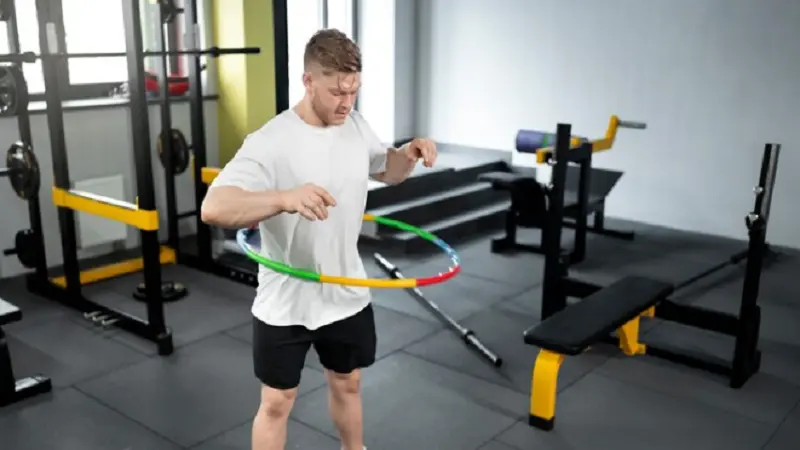Helping kids develop strong, independent sleep habits is a win for everyone. It supports their confidence, health, and emotional wellbeing—and gives parents some well-earned downtime, too.
While bedtime routines and consistency play a big part, one factor that’s often overlooked is the child’s bed frame.
Yes, the bed frame itself can help foster independence, comfort, and a stronger sense of security. Choosing the right one can make bedtime feel less like a battle and more like a calm, self-led routine.
Here’s how the right kids bed frame can support independent sleep habits and what to look for when choosing one.
Why Independent Sleep Matters
Independent sleep habits help children learn to settle themselves at night and fall back asleep on their own when they wake up.
This doesn’t mean you’re leaving your child to “cry it out”—it means giving them the tools and environment to feel safe and secure on their own.
Over time, this leads to:
- More restful sleep
- Increased emotional resilience
- Better concentration during the day
- Fewer sleep disruptions for parents
The right kids bed setup can give them the confidence to make bedtime their own.
How the Bed Frame Plays a Role
While most parents focus on the mattress or bedtime routine, the bed frame quietly influences how your child feels about sleep.
A thoughtfully chosen bed frame can:
- Make it easier for your child to get in and out independently
- Help establish a feeling of ownership and responsibility
- Support a sense of security and familiarity
- Reduce bedtime anxiety or resistance
In other words, the bed becomes their space—a comfortable, predictable place they want to go to.
The Right Height for Independence
One of the most practical features that supports independent sleep is bed height.
If the bed is too high, it can make your child feel nervous about climbing in or out—especially in the dark. If it’s too low, it might feel more like a temporary sleep solution rather than a “big kid” bed.
The sweet spot is a frame that’s low enough to safely access, but high enough to feel like a proper, grown-up bed.
This is especially important for toddlers transitioning out of cots.
Frames That Feel Grown-Up (But Not Too Grown-Up)
Kids love the idea of doing things “on their own”—and their bed can reflect that.
Opting for a bed frame that feels slightly more mature (without being too adult) helps build a sense of responsibility and pride. It says, “This is my bed, and I sleep here.”
Consider styles that are:
- Simple but sturdy
- Free from overly childish themes
- Designed to grow with your child (e.g. from toddler to tween)
Timeless timber frames or clean-lined metal beds often strike the right balance.
A Sense of Security at Bedtime
Children are more likely to sleep independently if they feel safe.
Some bed frames help create that cocoon-like sense of security. For example:
- Beds with side rails offer protection and a psychological boundary for younger children
- Low canopy or house-style frames can feel like a “fort” or hideaway
- Headboards and footboards provide structure and a familiar outline
These features can be especially helpful during big changes—like moving house, starting school, or having a new sibling.
Creating Ownership Through Personalisation
When kids feel involved in setting up their own space, they’re more likely to use and respect it.
Choose a bed frame that can be easily personalised with:
- Fun bedding
- Cushions or soft toys
- Stickers, fairy lights, or name plaques (if allowed on the frame)
This helps your child associate their bed with comfort, fun, and ownership—which naturally supports the idea of sleeping independently.
Storage Beds Encourage Routine
Organisation can also play a role in developing sleep independence.
Frames with built-in storage—like drawers or under-bed compartments—can help your child keep bedtime books, toys, or PJs close at hand.
This builds autonomy by giving them easy access to the things they need before sleep.
Bonus? It also helps keep their bedroom tidier—another skill that grows with them.
Matching the Bed Frame With a Calming Routine
The best bed frame in the world won’t build independence on its own. It needs to work hand-in-hand with the bedtime routine.
Once you’ve chosen the right bed:
- Stick to a consistent bedtime
- Create a calming wind-down (reading, talking, cuddles)
- Encourage your child to climb in themselves
- Reinforce that they are safe and capable sleeping in their own space
The bed becomes the central hub for these healthy habits.
What to Avoid When Promoting Independent Sleep
Not all bed frames help independence. Be wary of:
- Overly themed or stimulating beds (e.g. race cars, characters) – these can make bedtime feel like playtime
- Too-tall bunk beds for younger kids – can cause fear or difficulty getting in and out
- Wobbly or creaky frames – undermine feelings of safety and stability
- Cots that convert but don’t feel like a “real” bed – can delay the mental transition to independent sleep
Choose something that supports both function and emotional comfort.
Ideal Ages for Introducing an Independent Bed
Most children begin transitioning to a standard bed between 2.5 and 3.5 years old. But every child is different.
Signs your child might be ready include:
- Climbing out of their cot
- Expressing a desire for their own bed
- Showing independence in other areas (dressing, toileting, etc.)
- Sleeping through the night more consistently
Starting with the right frame during this stage can smooth the process.
What Aussie Parents Should Consider
In Australian homes, space and climate matter.
- Ventilation is important—opt for slatted frames in humid areas to prevent mould
- Durability counts—especially in active households
- Easy cleaning helps, particularly in the early toilet-training or bedwetting years
Also, many Aussie families favour king single frames, offering more space to grow without needing a new bed in a year or two.
Final Thoughts
Building independent sleep habits doesn’t have to be a struggle. The right kids bed frame plays a key role by offering security, accessibility, and a sense of personal space.
From the height and material to storage and style, small details make a big difference in how your child relates to bedtime.
By supporting both comfort and autonomy, a thoughtfully chosen bed frame helps children feel proud, safe, and ready to sleep on their own terms.
And when sleep becomes a self-led part of their routine? Everyone in the house wins.




